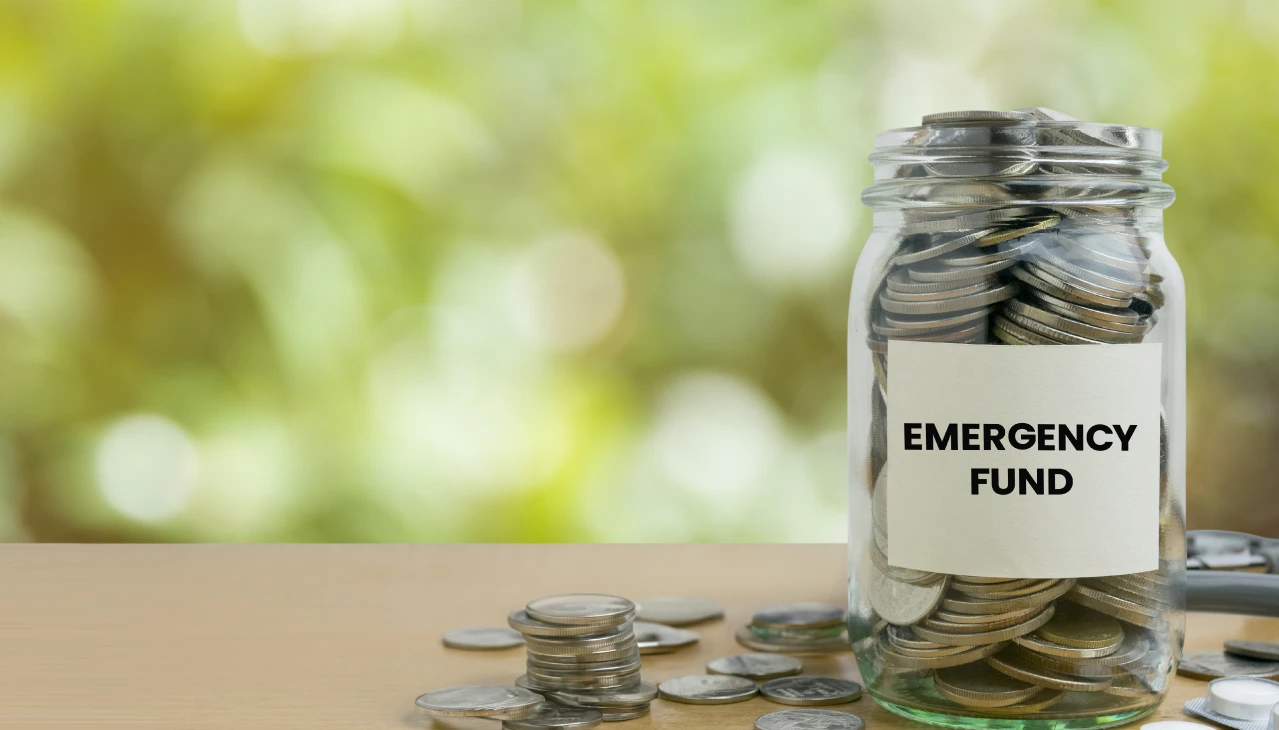Creating a robust emergency reserve can be one of the most prudent financial decisions you’ll ever make. This safety net can protect you from unexpected expenses, ranging from medical emergencies to sudden car repairs. Knowing how to build a solid emergency fund step by step is essential to financial stability.
In this comprehensive guide, we’ll explore concrete actions to help you create and maintain a reliable financial cushion. By following these steps, you can ensure that you’re prepared for whatever life throws your way.
Understanding the importance of an emergency fund

An emergency fund serves as a financial buffer that keeps you afloat during unplanned crises. Without this fund, you might find yourself relying on high-interest credit cards or loans, which can put you in a financial hole. Having a well-funded reserve provides peace of mind and financial security.
It’s crucial to set realistic goals when building your safety net. Experts usually recommend saving three to six months’ worth of living expenses. This might seem like a daunting task, but taking it step by step will make it more manageable.
Consistency is the cornerstone of building a strong financial reserve. By making regular contributions, no matter how small, you lay the foundation for steady growth over time. These consistent efforts are instrumental in reaching your financial objectives, as they accumulate and compound, providing a reliable safety net and propelling you towards your goals.
Evaluating your current financial situation
Before you can start saving, you need to evaluate where you stand financially. Begin by assessing your income, debts, and current expenses. Knowing your baseline will inform you of how much you can reasonably set aside each month.
Track your spending for one month to get a clear picture of your expenses. Use this information to identify areas where you can cut back. Redirecting these funds into your emergency reserve will expedite your savings process.
Once you have a clear understanding of your finances, set a specific, attainable goal. Whether it’s saving $1,000 initially or three months’ worth of expenses, having a target will keep you motivated.
Creating a dedicated savings account
To keep your reserve funds separate from your everyday money, open a dedicated savings account. This step makes it less likely that you’ll dip into your emergency reserve for non-emergencies.
Consider choosing a high-yield savings account to maximize your interest earnings. These accounts often offer better interest rates than regular savings accounts, helping your money grow faster.
Automate your savings by setting up a recurring transfer from your checking account. Automating contributions ensures that you consistently save, gradually building your financial buffer.
Strategies to rapidly grow your reserve
Building an emergency reserve can seem daunting, but there are strategies to accelerate your progress. By employing a mix of frugality and additional income streams, you can beef up your savings in no time.
Think about cutting non-essential expenses temporarily. Foregoing luxuries such as dining out and subscription services can free up more funds to allocate toward your emergency stash.
In addition to implementing cost-cutting measures, it’s beneficial to explore side hustles or gig work. Supplementing your income with extra streams can accelerate your savings journey, swiftly propelling you towards your financial objectives. These additional earnings not only boost your savings but also provide flexibility and diversification in your income sources, further strengthening your financial position.
Leveraging windfalls and bonuses
Unexpected financial gains like tax refunds, bonuses, or gift money are perfect for boosting your reserve. Allocate the entirety of these windfalls towards your savings to make a sizeable impact.
Whenever you receive an influx of cash, deposit it immediately into your designated savings account. This practice ensures you don’t spend it impulsively on non-essential items.
Effectively harnessing extra income can expedite your journey towards financial security, fortifying your position against unforeseen expenses. This proactive approach not only accelerates your progress but also provides a cushion, offering peace of mind and greater resilience in the face of financial challenges.
Continually assessing and adjusting your contributions
Your financial situation and priorities may change over time, so it’s essential to regularly review your savings plan. Periodically assess your contributions and adjust them as needed. If you receive a salary increase or reduce debts, increase your savings rate accordingly.
On the other hand, if you encounter temporary financial difficulties, adjust your contributions but aim to resume regular saving as soon as possible. Regularly reviewing and adjusting your savings habits ensures that your emergency fund continues to grow, keeping you prepared for any financial surprises.





